Sting Ray (6/3/00)
I always wanted to build a slope glider that would resemble a jetfighter. I couldn´t find the time to do so, or there were always other more urgent projects. This all changed when I became familiar with the EPP and the technology of building models from it. I visited Velkom model and asked the guys there to give me some test-series Stinger EPP wings and few pieces of EPP to make the fuse. I used no spar in the wing, by the way, as it is not necessary.
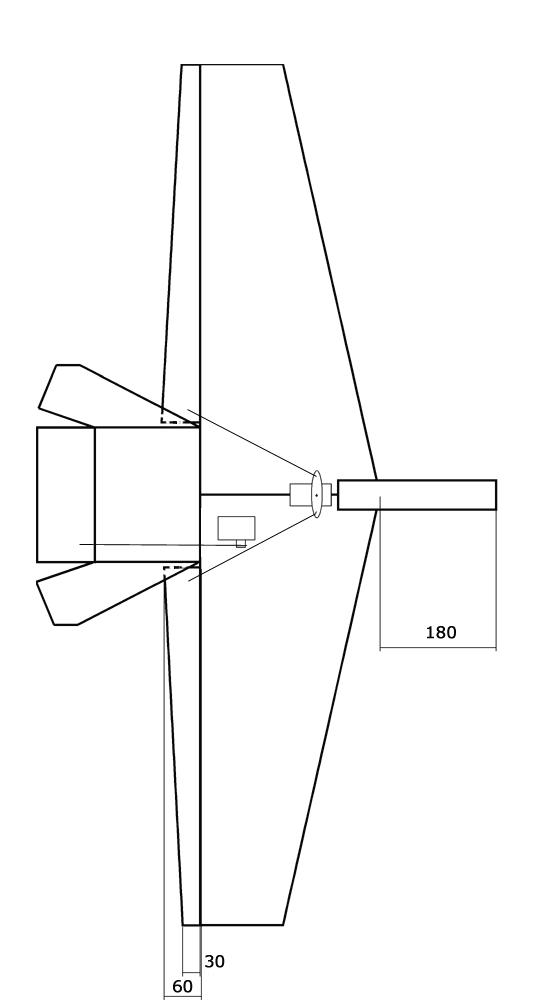
You may recycle the whole Stinger, the most difficult part is the modification of the fuselage. The tail and the wing lies in the same plane, which is not the case with Stinger: the (upper side of the) fuse of Stinger declines right after the wing´s trailing edge. So you have to use a piece of EPP or styrofoam to build the saddle for the tail. I use 5 min epoxy, everything should be clear from the pictures. Total length of the EPP fuse is 580 mm, the wingspan is 1200 mm, total leght of the model is 660 mm (i.e. the fuse + the elevator). A completely new part is the tail, made of coroplast (I bought a briefcase in a print shop, to use it as a source of the stuff).
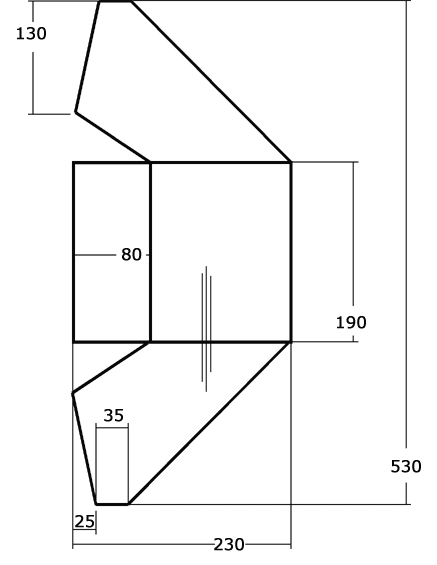
this is how you cut the tail
After cutting the tail out (using x-acto or sharp scissors) you make the elevator by cutting only the bottom layer of the coroplast part. The upper layer will stay as a quite resilient hinge. Use similar trick to fix the angle of the fins: cut only the bottom layer of the sandwich, stick a piece of 1 mm steel wire into one of those tunnels and bend the fins upwars. The wire will keep the fins in the upright position - the angle is 90° to 120° (it is up to you).
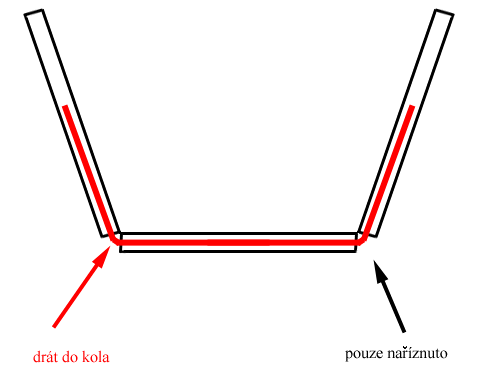
the red arrow points to the steel wire, the black arrow points to the
place where the bottom coroplast layer is cut
Both the wing and the fuse are built using the usual EPP combat technology: light coat of 3M77, filament tape, colour plastic tape. The wing and the tail are mounted on the fuse using double sided heavy duty TESA tape.
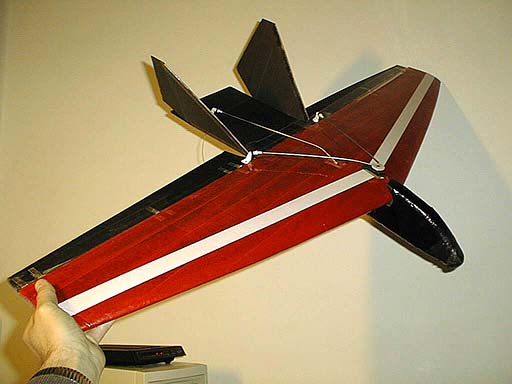
You may probably use the original Stinger ailerons. I made a pair of new trapezoidal ailerons, using a piece of 3 mm balsa and a piece of 3x25mm balsa trailing edge stock.
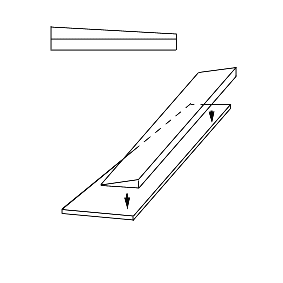
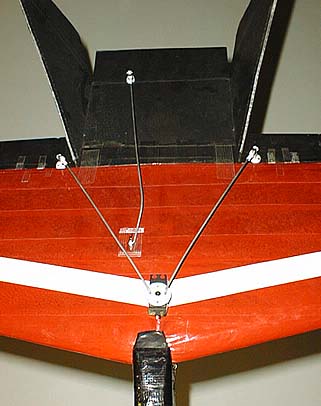
The CG is 130 mm from the leading edge at the root of the wing. The plane could tolerate moving the CG some 10 mm aft. Aileron throws: 15° up and down, elevator throws 30° up and down. It might be a bit less, but I prefer to have all my models very agile (for those sharp slope combat turns). The model flies very well, it scored dozens of kills even against those flying wings. It is slightly less vulnerable than Stinger, as it is more compact and uses no bowden to move the elevator.

this one is a battle-hardened veteran...
For those of you who would think about building the plane from scratch, the wing chord is 300 mm (root) and 150 mm (tip). The airfoil is E 205. The weight of my Sting Ray is cca. 500 g.
If you decide to build the Sting Ray, let other Rcmaniacs know how it went.